Modal Particles in Dutch as a Second Language. Evidence from a Perception Experiment
DOI:
https://doi.org/10.13092/lo.44.407Abstract
The perception of modal particles in Dutch was studied, contrasting native and speakers of Dutch as a second language (DSL). According to expectations, non-native subjects turned out to have more significant problems with selecting the best fitting stimulus in the contexts designed to evoke a modal use of the target word. Contrary to expectation, however, the non-native subjects had problems with non-modal contexts as well. Work on spontaneous speech elicited from DSL-speakers with Spanish as L1 revealed an unexpected but clear hierarchy in the acquisition of modal particles. The results are taken as an indication that Dutch particles, as well as their interaction with prosody, merit more attention in didactic materials aimed at DSL-speakers.Downloads
Download-Daten sind nocht nicht verfügbar.
Veröffentlicht
2010-10-01
Ausgabe
Rubrik
Artikel/Articles
Lizenz
Copyright (c) 2010 Johanneke Caspers, Ton van der Wouden

Dieses Werk steht unter der Lizenz Creative Commons Namensnennung 4.0 International.
Zitationsvorschlag
Caspers, J., & van der Wouden, T. (2010). Modal Particles in Dutch as a Second Language. Evidence from a Perception Experiment. Linguistik Online, 44(4). https://doi.org/10.13092/lo.44.407


